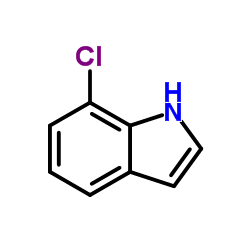| Structure | Name/CAS No. | Articles |
|---|---|---|
 |
7-Chloroindole
CAS:53924-05-3 |
| Structure | Name/CAS No. | Articles |
|---|---|---|
 |
7-Chloroindole
CAS:53924-05-3 |